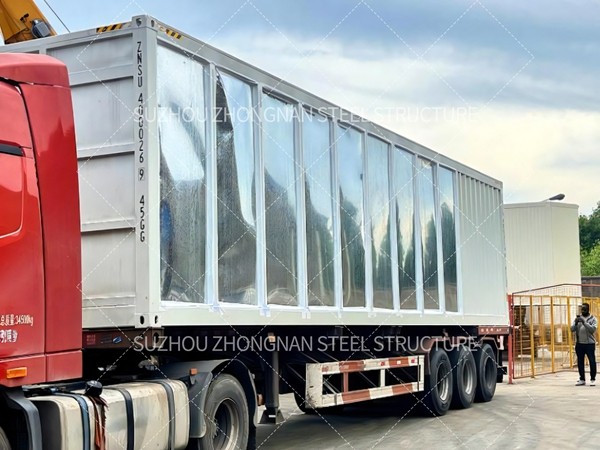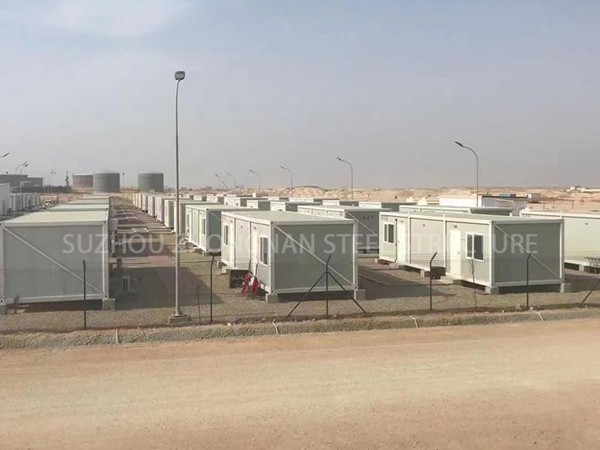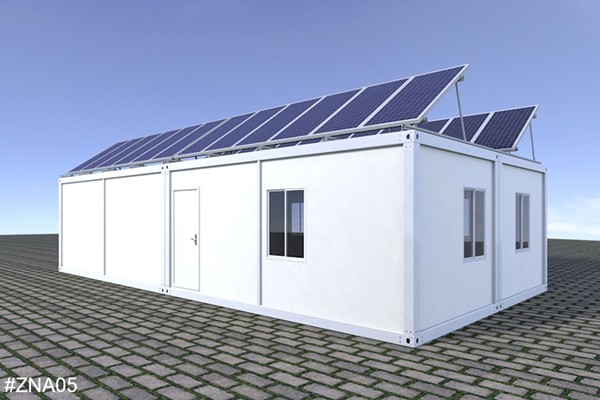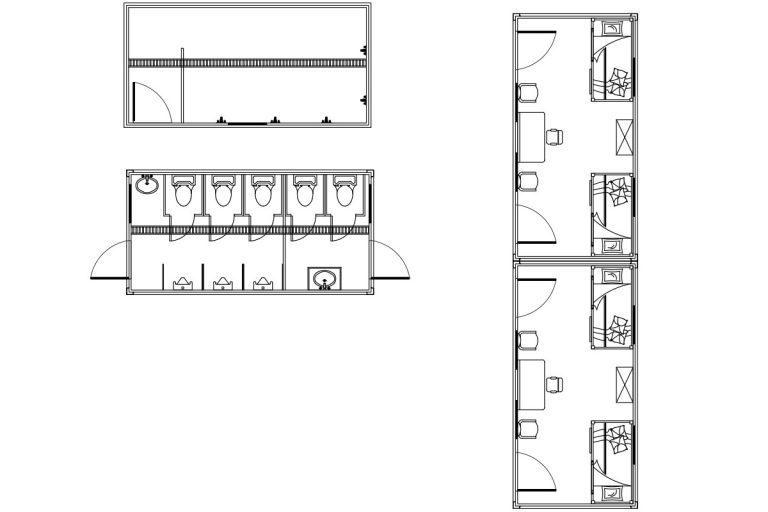cost of modern prefab homes
The rising interest in modern prefab homes has captured the attention of many potential homeowners seeking an innovative yet practical solution to housing. The cost of modern prefab homes is a multifaceted topic that requires an understanding of different factors influencing price, while underlining the value these homes provide in terms of design, efficiency, and sustainability.

Modern prefab homes are constructed off-site in controlled environments, which allows for precise construction standards and reduced waste. This method contrasts with traditional on-site building techniques that can be susceptible to weather delays and inefficiencies. The result is a cost-effective process where the base price of a prefab home can be cheaper than a traditional custom home. Depending on customization, site location, and required finishes, prices for modern prefab homes can range from $150 to $400 per square foot.
A significant factor influencing the cost of a modern prefab home is the choice of materials. Sustainable and high-quality materials often lead to a higher upfront investment but promise long-term savings in energy efficiency and maintenance. For example, prefab homes utilizing advanced insulation techniques and energy-efficient windows can drastically reduce heating and cooling costs, optimizing living expenses over time. Eco-friendly materials are not just a trendy choice; they illustrate a homeowner’s commitment to environmental stewardship, which is increasingly becoming a selling point in the housing market.
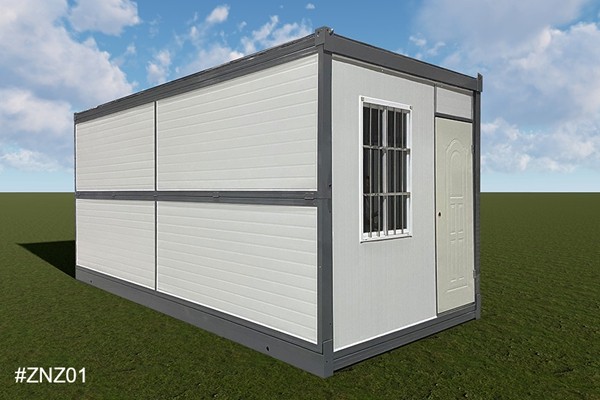
Production efficiency in prefabrication leads to reduced labor costs. While the customization of traditional homes can often mean extended timelines and skyrocketing labor fees, prefab homes benefit from a streamlined assembly process. This efficiency doesn't compromise quality. Instead, it ensures adherence to strict building codes and standards. Prefab homebuilders often employ skilled professionals dedicated to precision, upholding the integrity of the design throughout production and assembly.
Another aspect to consider is the cost of land. Since prefab homes are primarily constructed off-site, the land cost, which varies significantly by location, needs to be considered separately. Urban areas with higher land values may mean a higher total project cost, despite the affordability of the prefab structure itself. On the contrary, rural or less densely populated areas might offer affordable land options that can make prefab homes an attractive alternative.cost of modern prefab homes
Modern prefab homes are not one-size-fits-all. Their design versatility allows for various customization options that cater to individual preferences and lifestyles. Options can include minimalist, modular layouts or expansive custom designs that incorporate cutting-edge technology. Naturally, with increased customization comes a higher price point. However, the ability to select specific design elements means homeowners can prioritize features that provide personal satisfaction and practical benefits, such as smart home technology or eco-friendly infrastructure.
While the initial cost of a modern prefab home may appear daunting, it is essential to evaluate long-term financial implications. The energy efficiency and lower maintenance requirements of prefab homes often lead to reduced utility bills and upkeep costs compared to traditional homes. Additionally, because they are built to high standards, these homes often experience slower wear and tear, extending their lifespan and maintaining their value in the real estate market.
Another vital consideration is the resale value of modern prefab homes. Their contemporary design, energy efficiency, and sustainable features often appeal to a growing segment of environmentally-conscious buyers. These qualities can translate into a competitive resale price, making them an attractive investment for potential homeowners looking to enter the market with a future eye on resale potential.
The prefab home industry is supported by a wealth of knowledgeable experts and reputable manufacturers who contribute to the credibility and trustworthiness of these housing solutions. Researching builders with a proven track record and positive customer feedback is crucial in navigating the prefab buying process. Homeowners should seek referrals, review portfolios, and even visit completed projects to ensure chosen builders align with their expectations and standards.
In conclusion, the cost of modern prefab homes encompasses several elements, from material and labor savings to long-term efficiency and resale value. Their affordability and sustainability make them a compelling option for future homeowners. Understanding each cost aspect, from customizable features to the benefits of sustainable living, provides a comprehensive perspective, positioning modern prefab homes as a viable, smart investment. Decision-making rooted in expertise and trust transforms the cost evaluation from a financial exercise to a strategic approach in homeownership.

